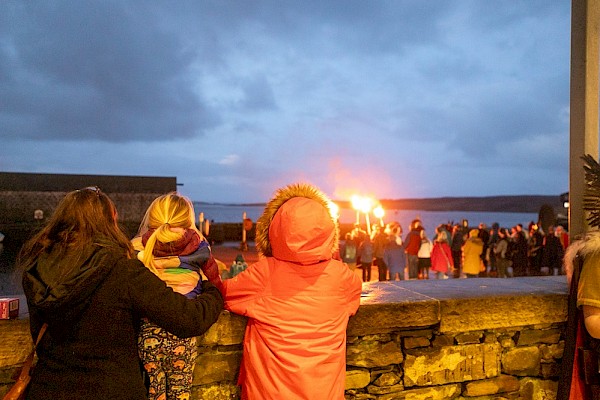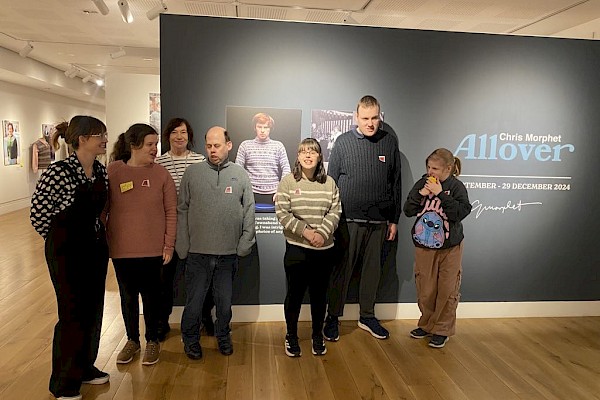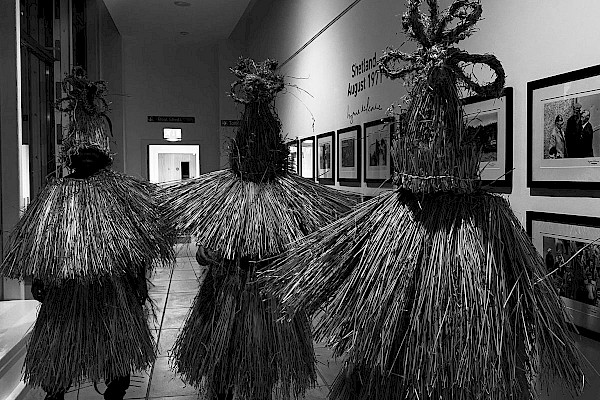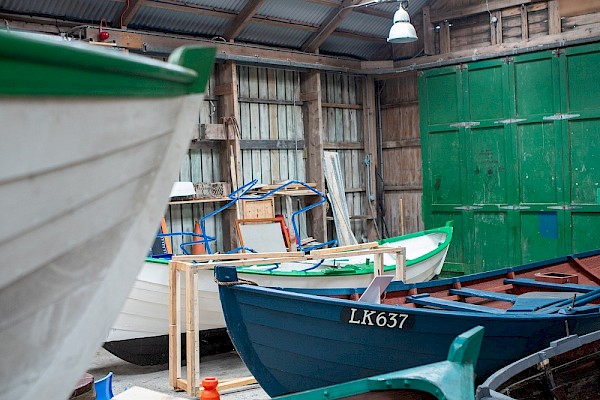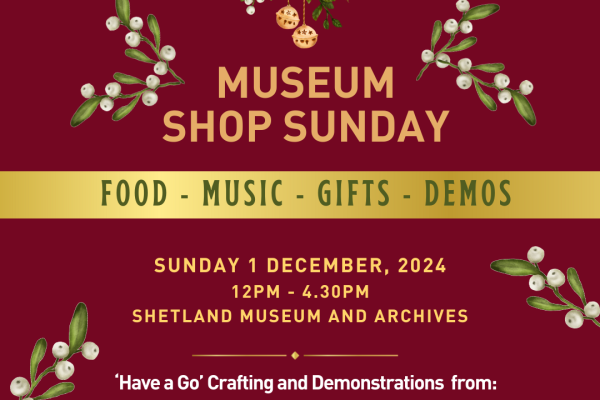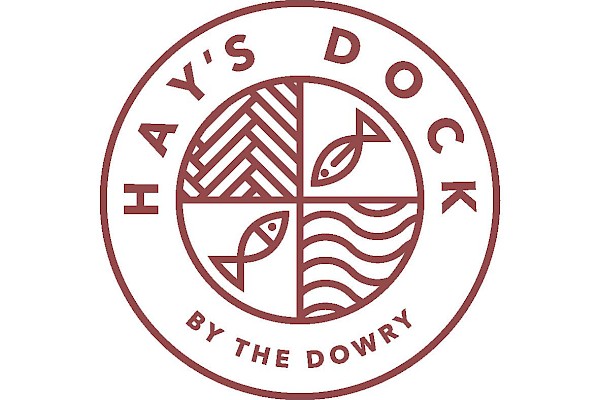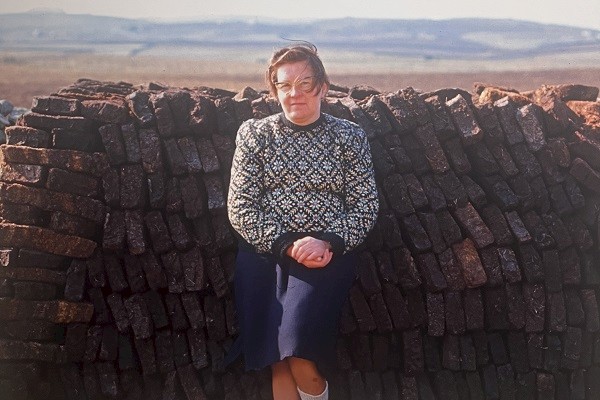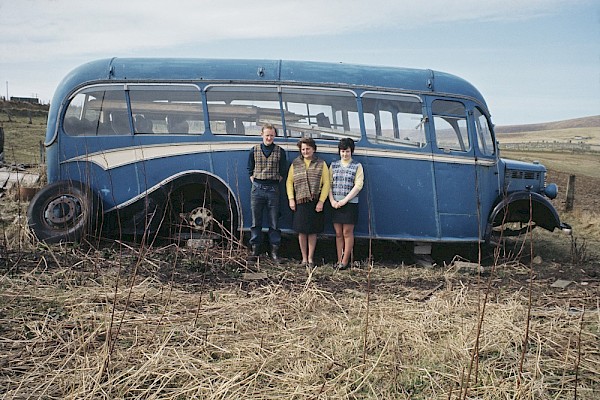Kirk artefacts to be saved by Shetland Museum
The heritage of a number of important religious artefacts from some of Shetland’s churches is to be preserved for future generations by the Shetland Museum and Archives (SMAA).
In 2018 the Church of Scotland announced its plan to close 20 churches throughout Shetland. Some of these buildings are 200 years old, and their contents include many items of historical significance. As the closures and sales continue, museum curator Dr Ian Tait, is liaising with the Church of Scotland to secure important items for Shetland.
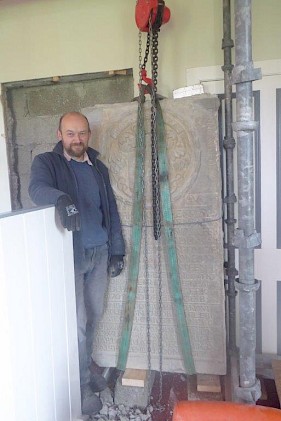
Dr Ian Tait explained the process of selecting the various artefacts: “We can be quite sparing in what we select on behalf of the museum. Primarily we are interested in obtaining ‘moveable’ objects that either show us what church life was like centuries ago, or are unique to the relevant church.
“For hundreds of years the Church of Scotland have been unofficial custodians of church history, and with the closures, they were mindful that they wanted the church heritage to be saved for the future.”
To date, as well as more general items of worship such as collection boxes and hymn boards, two significant items that have been selected and are unique to Shetland are a church bell which includes the name of the foundry and its date; and a big gravestone.
Ian Tait explained: “Of all the items, the most significant, and largest, is the gravestone from Olnafirth church in Delting. The slab is the memorial to the Rev. Alexander Dunbar, who died in 1708. The stone was removed twice before, and wasn’t originally part of where it had been latterly. Therefore the Church agreed that it be moved for its long-term preservation. There are not many gravestones in Shetland from the beginning of the 18th century, and those that have survived are in graveyards and have invariably weathered. This particular stone, however, has always been kept inside and so the condition is remarkably good.
“Removal was far from straightforward, but getting three-quarters of a ton safely onto the floor and out a narrow doorway went without a hitch. Any moves in future will be a lot easier and we look forward to working with the Church of Scotland into next year on this project.”
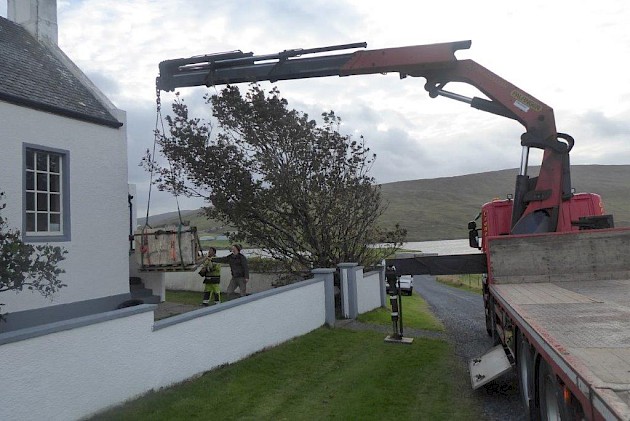
The various artefacts will be taken in to the museum collections, and the museum intends to hold a temporary exhibition of saved items at some point in the future.
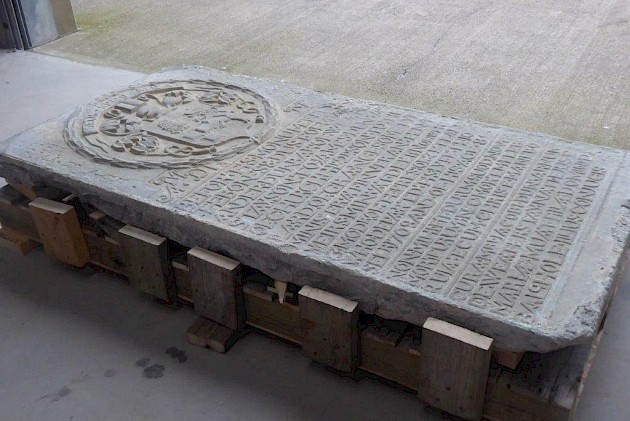
A spokesperson for the Church of Scotland said: “We are delighted to work with Shetland Amenity Trust to ensure that artefacts that tell the story of Shetland’s people are preserved. The Olnafirth memorial stone is special because so few gravestones from the early 18th century have survived in good condition. We hope that through preserving these historic items we will learn more about the life and times of Rev Alexander Dunbar and his congregation. We are pleased that future generations can appreciate this artefact in the Shetland Museum.”
